Introduction
The distribution of world’s natural resources is not even among countries. As such, there are areas of the world that are rich in natural resources while other regions have few or none at all (Burke, 2010). For this reason, interdependence among countries on the available resources is inevitable. There is need, thus for all countries to conserve their natural resources and to ensure that they use them in the best way possible (Conrad, 2000).
This explains why environmental and natural resource economics is important in any country since this subject offers more insight on the earth’s natural resources, their allocation, demand, as well as supply (Dukert, 2009). Natural resource in this context, refers to any material that is a source of wealth, found in its natural state, as well as exhibits some economic value. The subject of environmental and natural resource economics is important in that it provides an understanding of the significance of natural resources in any country, and largely their contribution to the economic growth of any country (Groombridge & Jenkins, 2002).
With such knowledge, countries can be in a position to work out sustainable, as well as sustainable methods that they can adopt in order to effectively manage their natural resources (Gustafson, 2007). This paper provides an analysis of the environmental and natural resources of China, United States of America, Australia and Japan. This analysis will help in providing an insight on the prevailing energy supply discourse as well as an overview of how the supply of energy has changed with time.
Data selected description
In this report, the primary concern for the energy supply mix was on data about energy consumption in the industry, as well as in the transport sector. Energy has been cited as one of the most important part of the economic systems of the world since it affects all people. In addition, energy is used, as well by other living organisms, including the plants, apart from the human beings. However, energy can come from a number of sources such as natural gas, oil, and biomass as well as solar. The data below is an analysis of the energy mix of Australia, China, Japan and the United States of America (Harris & Roach, 2013).
Reason for data selection
Data on consumption of energy in industry and transport sector was chosen based on the fact that the two sectors are very important in any country. As such, it was chosen because the approach of the data on these two areas would give a clear picture on the energy supply mix of the chosen countries.
Consumption of Energy by country
Australia
- The following data show consumption of energy in Australia in 1990
Industry
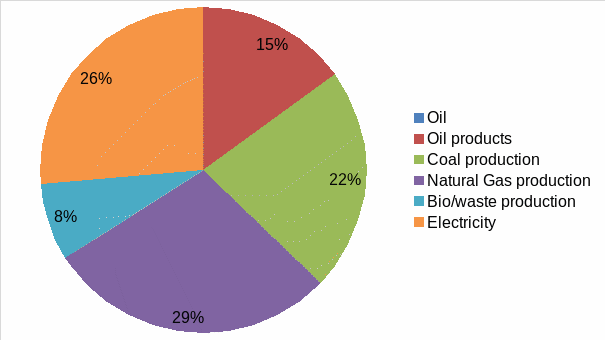
The graph below shows the total industrial consumption of Australia’s energy by source, in 1990
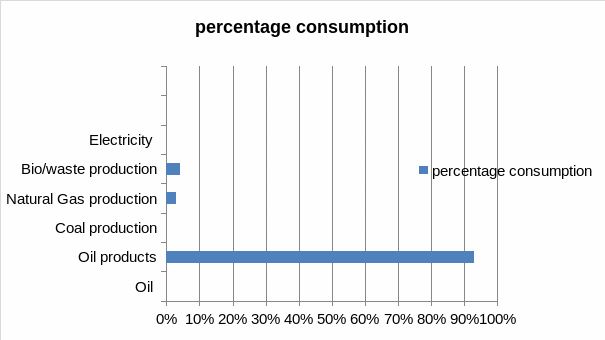
Transports
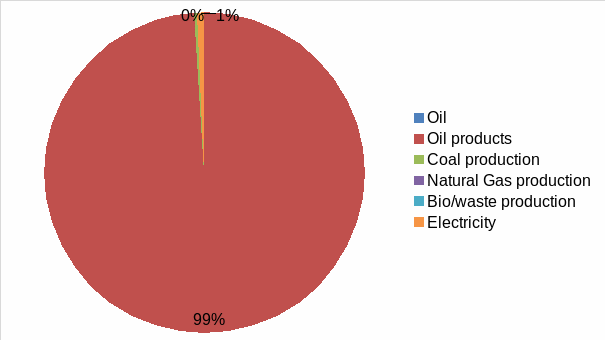
The graph below shows the total consumption of Australia’s energy in the transport sector by source, in 1990
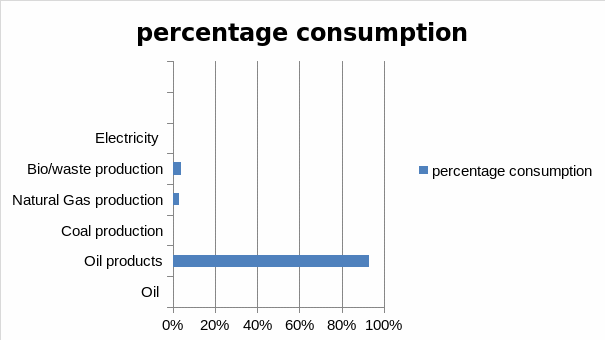
- TPES data for Australia in 2010
Industry
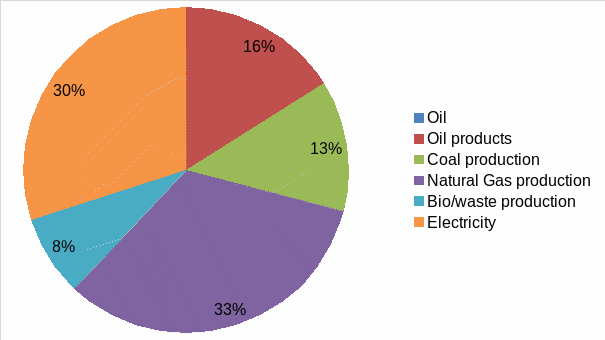
The graph below shows energy supply mix in the industry sector of Australia in 2010
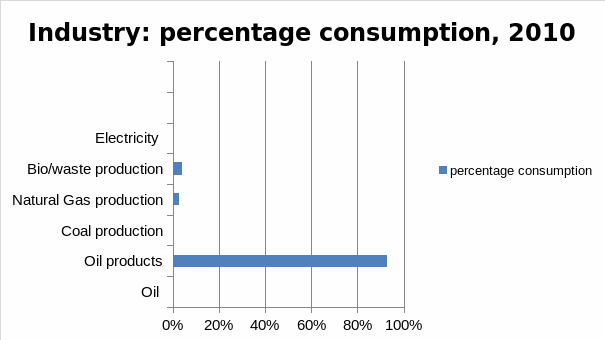
Transport
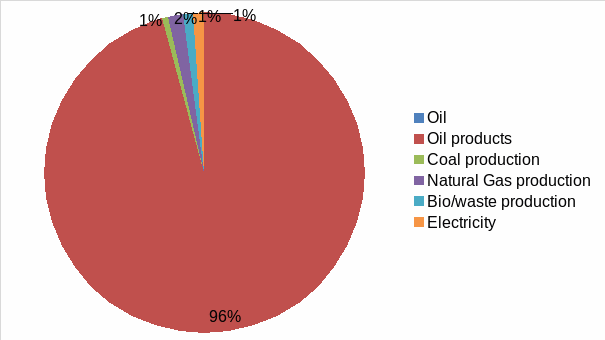
The graph below shows energy supply mix in the transport sector of Australia in 2010
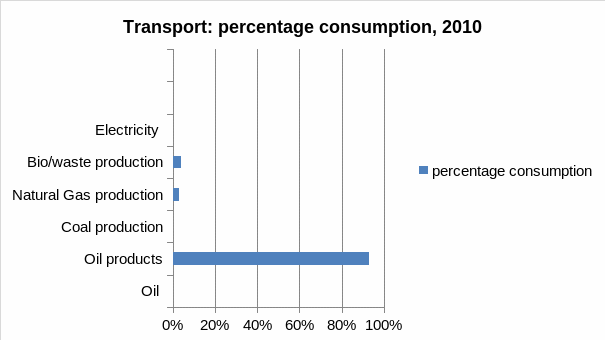
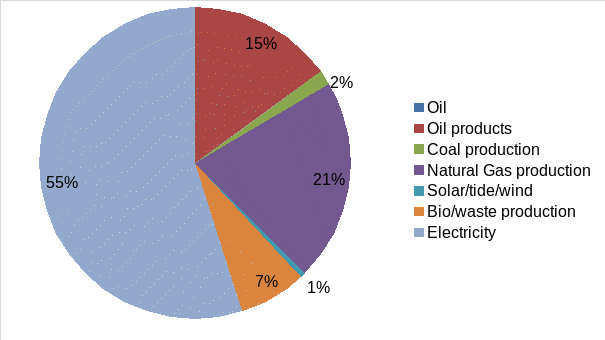
Non-energy
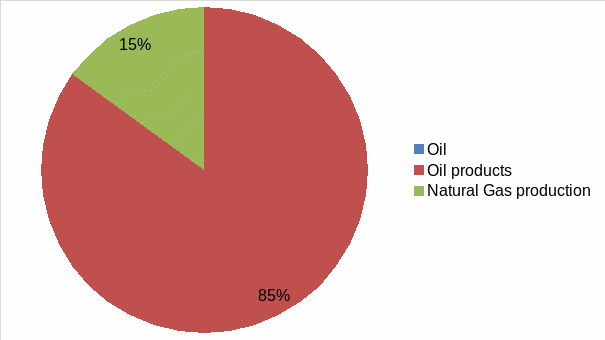
- Energy consumption in China
Industry
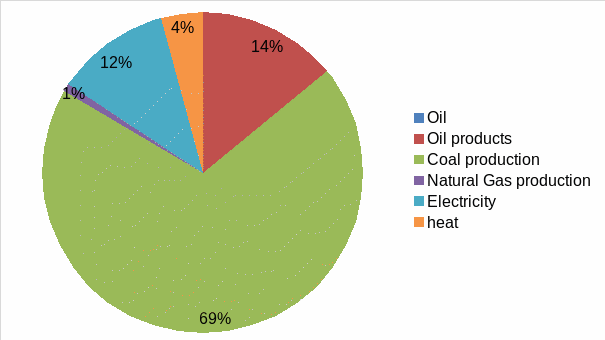
The graph below shows energy supply mix in the industry sector of China in 1990
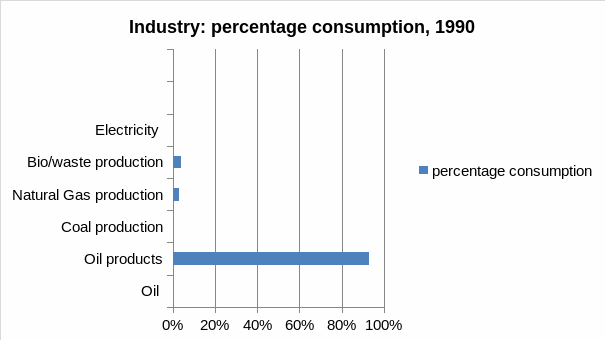
Transport
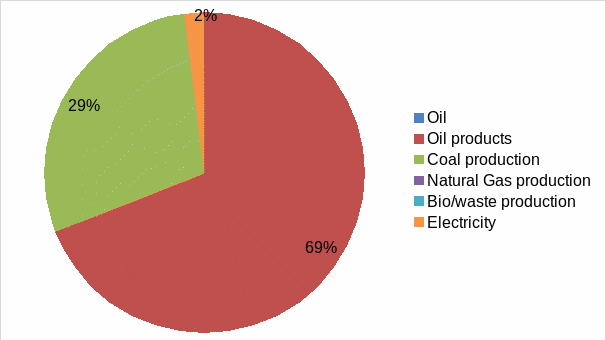
The graph below shows energy supply mix in the transport sector of China in 1990
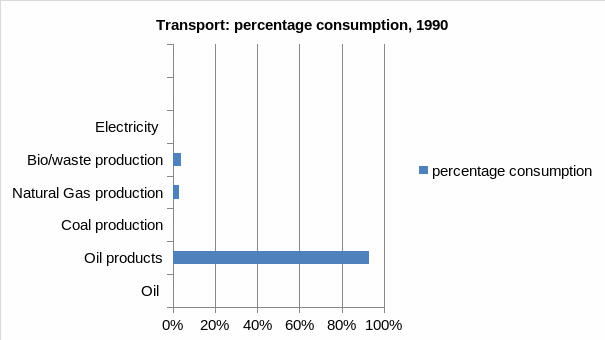
- Energy consumption in Japan
Industry
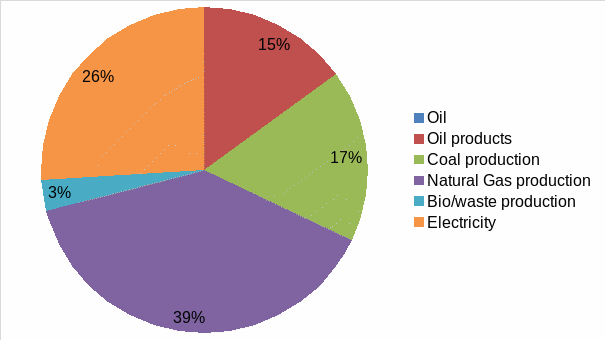
The graph below shows energy supply mix in the industry sector of China in 1990
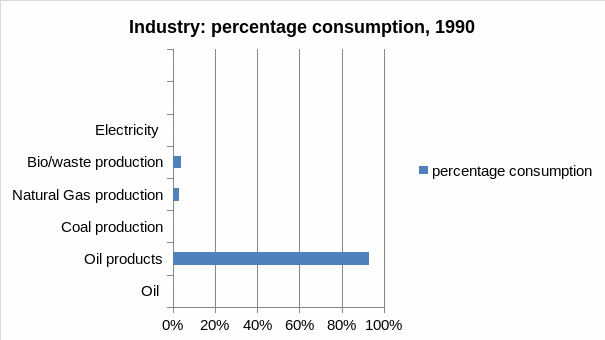
Transport
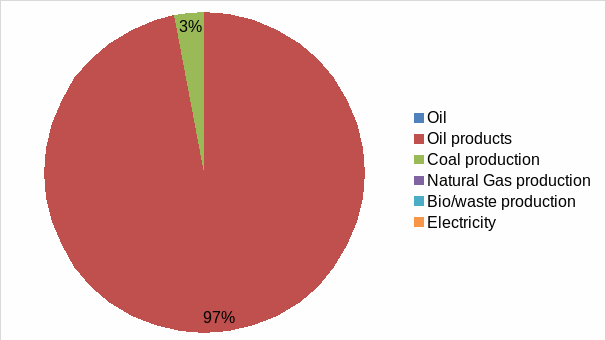
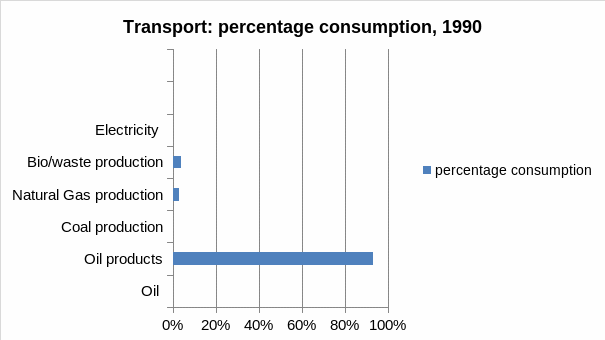
- Data: 2010
Industry
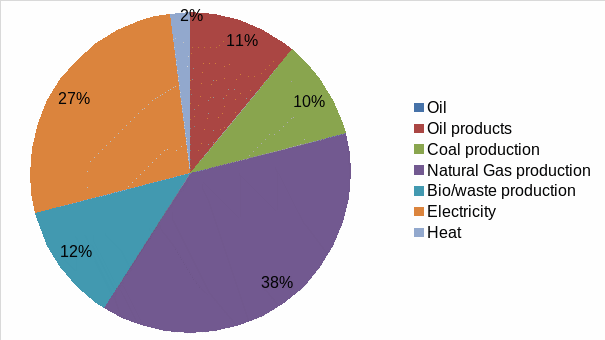
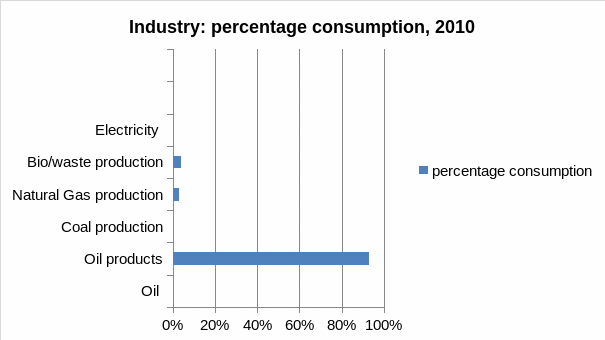
Transport
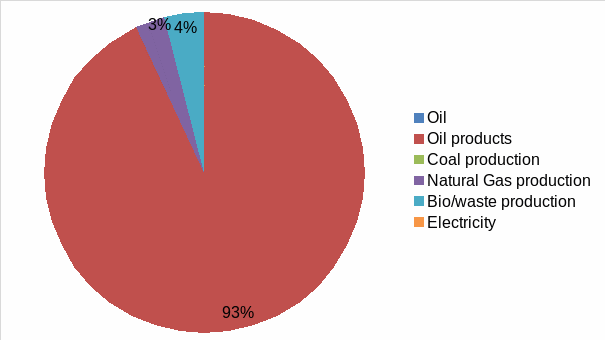
The graph below shows energy supply mix in the transport sector of Japan in 2010
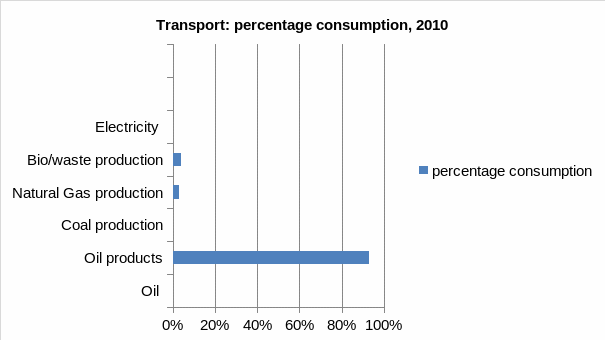
- Energy consumption in USA
- 1990
Industry
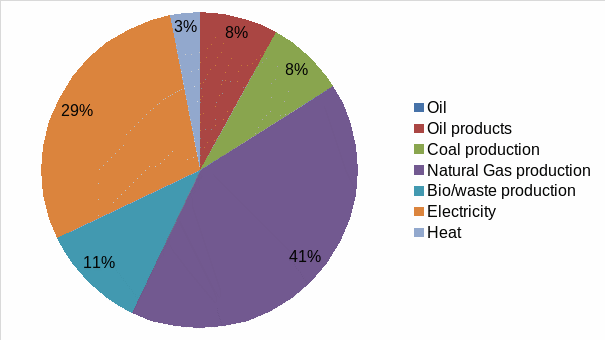
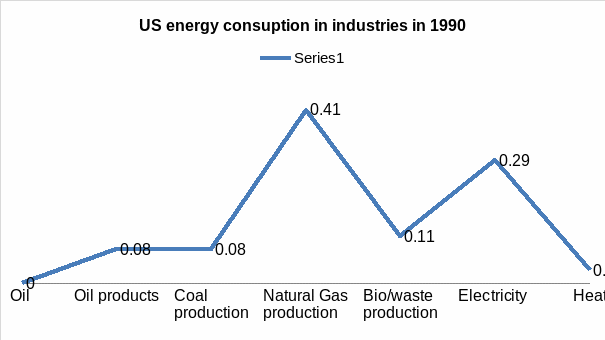
From the above it can be seen that the amount of energy consumed in US for the year 1990, came from different sources with natural gas contributing the highest share.
Transport
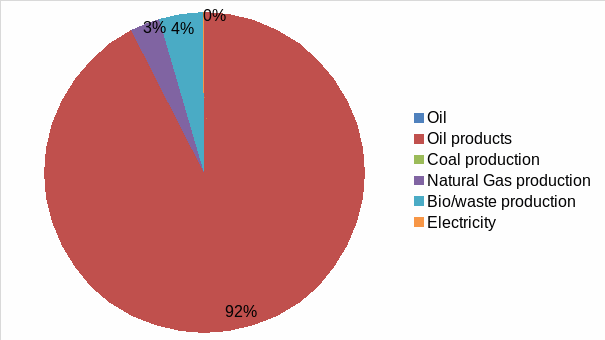
The graph below shows the amount of energy that is consumed in the US’s transport sector in 1990.
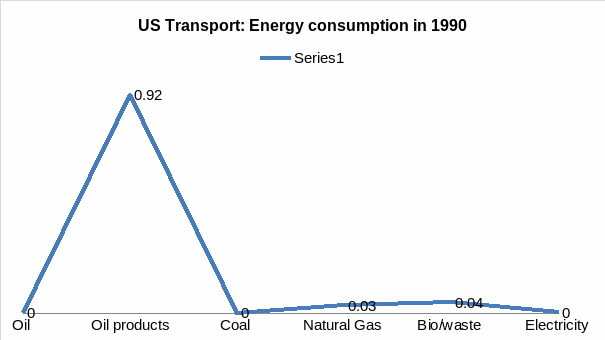
The consumption of energy in the United States of America was high especially from natural gases, and oil products (Krutilla & Reuveny, 2004). Following variations of climate in the United States of America led to the change in the amount of energy consumed between 1990 and 2010. Such changes were noted following the overreliance of US on energy from both renewable and non-renewable sources of energy.
- 2010
Industry
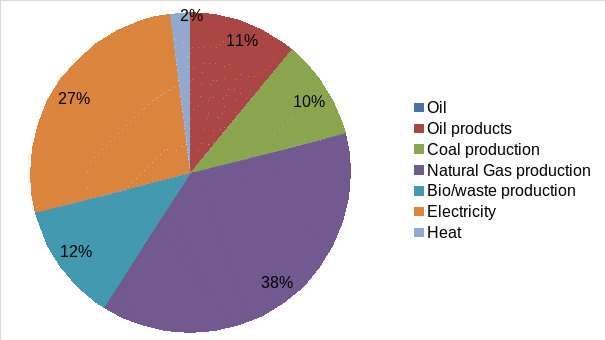
The graph below shows energy supply mix in the industry sector of US in 2010
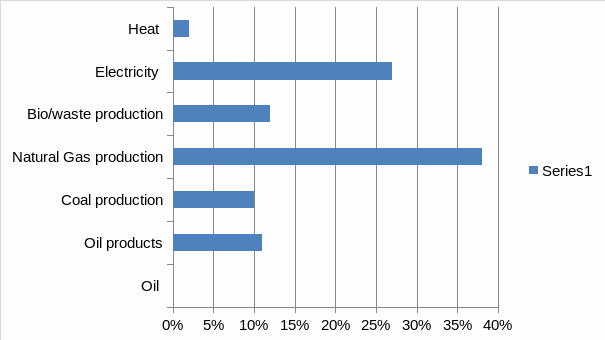
Transport
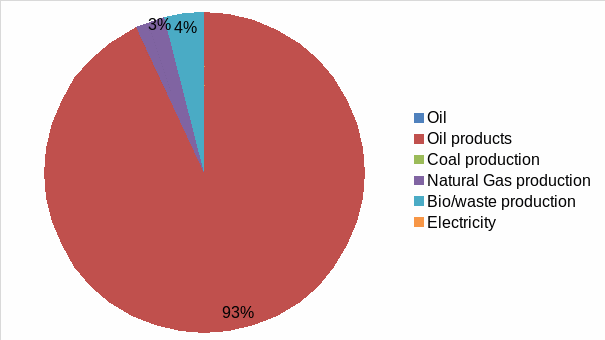
The graph below shows energy supply mix in the industry sector of US in 2010
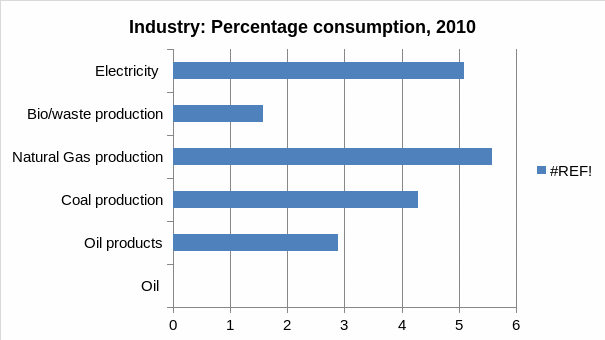
Comparison of IEA data with fig 12.1 b given
The data obtained from the IEA seems to be consistent with the data on the energy consumption in US, obtained from the Energy Information Administration. The similarity appears in the amount of energy consumed by source. For example, both sources indicate that much of the energy consumed in the United States of America came from oil followed by natural gas. In addition, the two sources indicate that wind, solar and geothermal had the least contribution in terms of energy consumption in USA.
Energy Supply Mix
Evolution of energy
All the energy used all over the world comes from either natural or human-made resources. However, most of the energy comes from natural resources. The natural resources are divided into renewable and non-renewable resources. Renewable resources refer to the natural resources whose source can be replenished. The non-renewable resources, on the other hand, include the natural resources that can never be replenished after getting exhausted.
Examples of non-renewable resources include natural gas, oil, coal, non-metal minerals and metal minerals (Hanrahan, 2008). A review of natural resources indicates that energy is one of the most dependable resources all over the world (Sakaguchi, 2010). Even though only a small percentage of energy resources contribute to the gross domestic product any country, most of the major inputs of a country’s gross domestic product are depended on energy (Liu & Ang, 2007). Considering the countries that are yet to develop such dependence is highly pronounced.
As seen from the course material, the supply of energy resources is different with respect to the different type of supply. The economic and physicals supplies of non-renewable resources are different. For example, the physical supply can be described as finite while the economic supply is depended on factors such as exploration technology and economic incentives.
Four Stages of Non-renewable resources
Non-renewable resources have continued to play a significant role in the energy supply mix all over the world. With their impact in the supply of energy, the non-renewable resources follow fours stages in their process of exploitation. The first stage involves an abundant supply of high quality resources. In this stage, there are signs of technology improvement, as well as exploration expansion. It follows that the prices will tend to decline with the increase in rapid extraction.
The second stage is characterized by stable prices following a balance between technological development and further discovery. The third stage shows that the availability of limited resources makes demand to be high, prices increase resulting to change of sub-economic reserves to economic. During this stage, the advancement in technology does not meet the witnessed scarcity of resources.
The fourth stage features the depletion of reserves. Demand reduces as a result of prices rising to the choke level.
Energy has thus found many applications all over the world. However, it is important, as pointed out in the course material to be able to differentiate the various systems that are involved in the evolution of energy. For example, there is a difference between ecological and economic systems. In all of these two systems, energy is used in supporting, as well as expanding life’s functions. As such, according to the standard economic theory, there can be substitutability between energy resources given that capital, labour, as well as natural resources exploitation is depended on energy. Thus it is evident that the benefit-cost analysis within the energy sector can be used to determine and carry out an assessment of any proposed projects in the energy supply mix. In analyzing the energy supply mix, using the benefit-cost analysis, consideration of the environmental factors is important since they play a major role in determining the amount of renewable and non-renewable resources available in any country.
Energy Distribution
The need for people to take calories is basically a body’s demand for energy. In the traditional aspect of agriculture, solar energy is very useful as a source of energy.
The energy needs in any country increase with an increase in the development and complexity of economies within the concerned country (Smith, 2004). Looking at the past, it is evident that the supplies of energy from biomass and firewood were not sufficient as sources of energy (Timilsina, 2013). This was attributable to the fact that the world was experiencing a growth in its economies (Thanh, 1977). For this reason, many people preferred other sources of energy such as hydropower. Nevertheless, hydropower was still not sufficient and gave way to coal, oil and then natural gas. As economies grew and developed, the use of nuclear power became a part of the energy mix.
Looking at the statistics in energy distribution and consumption, it is evident that the rate of consumption has increased from 1990 to 2010 for China, US, Japan and Australia. This can be attributed to the growing population in the world and the need to meet technological and economic development. In china, there has been an increased growth the amount of energy consumed especially considering that China’s transport sector is taking most of the oil from imports. For the case of the US, its high consumption of oil has pushed the country to start producing oil, in spite of its high dependence on imports. However, as seen from the data, the consumption of energy within the US’s transport has decreased following the enactment of fuel-efficiency regulations.
As such, the use of natural gas, biomass, and oil have been found to increase from 1990 to 2010.
The primary objective of this report was to analyze the energy mix of United States of America, Australia, Japan and China. Such an analysis was important in that it offers insight on the assessment of the possibility that the prevailing energy mix is suitable for the current situation, as well as the chances that there are for the situation to change in the near future. However, the main concern should be on the methods that can be applied in the evaluation of the different energy sources. Following the allocations in the tables and pie charts above, it is evident that several criteria were used in evaluating the various sources of energy listed above for different countries.
Some of the characteristics considered include price, availability, environmental impacts, net energy, and suitability. The price of the given source of energy is one of the significant factors to consider. The variability of the price as well as the average price of the given energy source are key determinants in this case. For this reason, the overreliance on fossils fuels for any country is highly determined by the price considerations. In addition, the availability of fossil fuels determines the possibility of a particular type of fuel being used.
Generally, the supply of fossil fuels is limited and this explains where they are not so common in US, China, Japan and Australia s noted from the pie charts above. Even though renewable sources do not get exhausted, there are other factors that many affect the productivity and availability of some fuels. For example, daily and seasonal fluctuation of weather may affect the reliability of solar as a source of energy. Such variation of weather is responsible for the difference in the use of some of the renewable sources such as solar, which depend on various weather conditions.
Different sources of energy have different impacts on the environment. As a result there are different environmental impacts that are not allowed in different countries (Timilsina, 2013). For this reason, some sources of energy may not be used in certain countries due to their environmental impacts. For example, the mining of coal, its burning can lead to environmental pollution. In addition, the disposal of unwanted parts of the coal plant, as well as the decommissioning of the factory dealing with production of coal may have negative impacts on the environment.
There are several applications for various types of sources of energy. For this reason, it is evident as showed in the charts above that the usefulness of particular sources of energy may vary with regions and applications. For instance oil finds its suitability in the production of power for motor vehicles, while other sources such as the nuclear power are suitable in the generation of electricity (Tower, 1990). Geothermal energy on the other hand, is useful in heating buildings.
From the above, it suffices that different countries have different sources of energy. As showed from the data and the charts the source of energy can be attributed to a number of features such as its suitability, availability, price as well as the impacts that the source of energy has on the environment. However, it the report found out that even though, countries rely on their available sources of energy, and some tends to seek reliable sources from other countries through imports.
Reference List
Batabyal, A. (2011). Research tools in natural resource and environmental economics. Hackensack, N.J.: World Scientific.
Burke, P. (2010). Income, resources, and electricity mix. Energy Economics, 32 (3), 616-626.
Conrad, J. (2000). Resource economics. Cambridge, UK: Cambridge University Press.
Dukert, J. (2009). Energy. Westport, Conn.: Greenwood Press.
Groombridge, B., & Jenkins, M. (2002). World atlas of biodiversity. Berkeley, Calif.: University of California Press.
Gustafson, G. (2007). Energy conservation and pomeron loops in high energy evolution. Braz. J. Phys., 37(2c), 816-818.
Hanrahan, C. (2008). Global resources. Detroit: Greenhaven Press.
Harris, J., & Roach, B. (2013). Environmental and natural resource economics. Armonk, N.Y.: M.E. Sharpe.
Krutilla, K., & Reuveny, R. (2004). A Renewable Resource-based Ramsey Model with Costly Resource Extraction. Environmental and Resource Economics, 27(2), 165-185.
Liu, N., & Ang, B. (2007). Factors shaping aggregate energy intensity trend for industry: Energy intensity versus product mix. Energy Economics, 29(4), 609-635.
Sakaguchi, J. (2010). Best mix of primary energy resources by renewable energy and fossil fuel with CCS in view of security, stability and sustainability. Science in China Series E: Technological Sciences, 53(1), 62-68.
Smith, T. (2004). Renewable energy resources. Mankato, MN: Weigl Publishers.
Thanh, P. (1977). Growth and optimal growth with renewable and non renewable natural resources. Kingston, Ont., Canada: Institute for Economic Research, Queen’s University.
Timilsina, G. (2013). Biofuels in the long-run global energy supply mix for transportation. Philosophical Transactions of the Royal Society A: Mathematical, Physical And Engineering Sciences, 372(26), 20-22.
Tower, E. (1990). Environmental & natural resource economics. Durham, N.C.: Eno River Press.